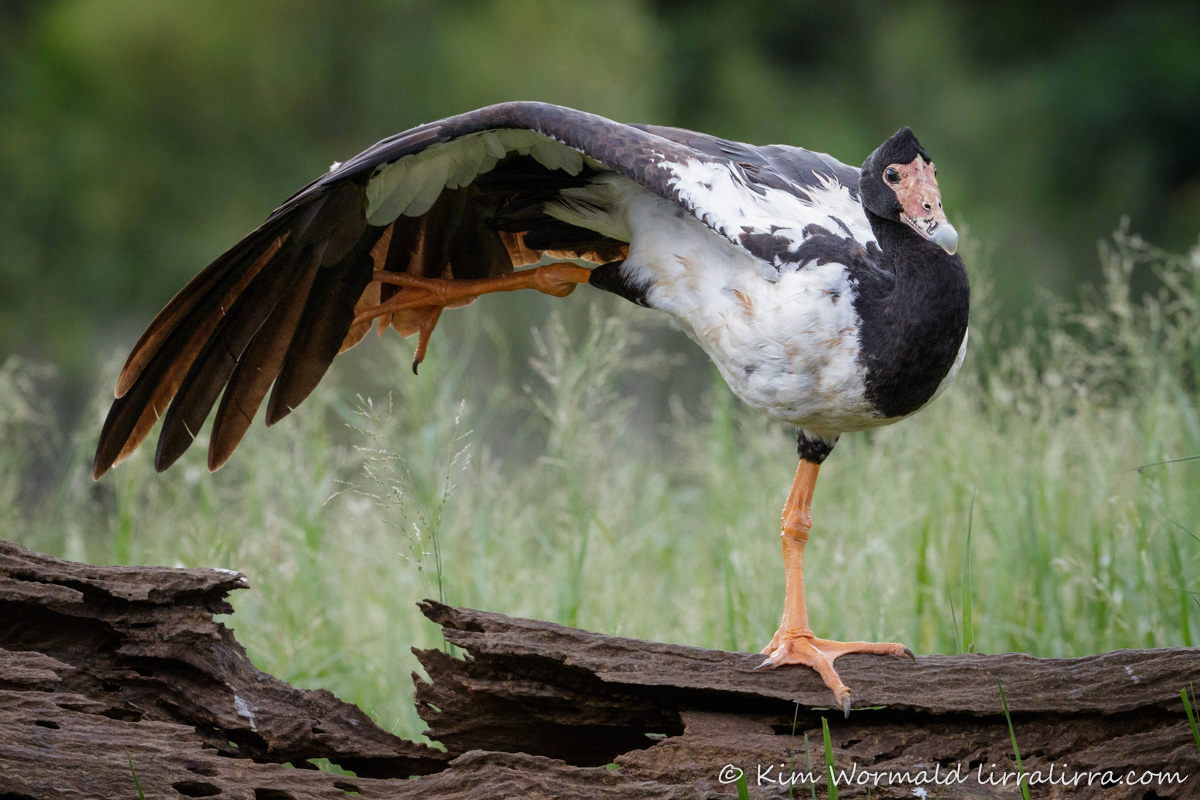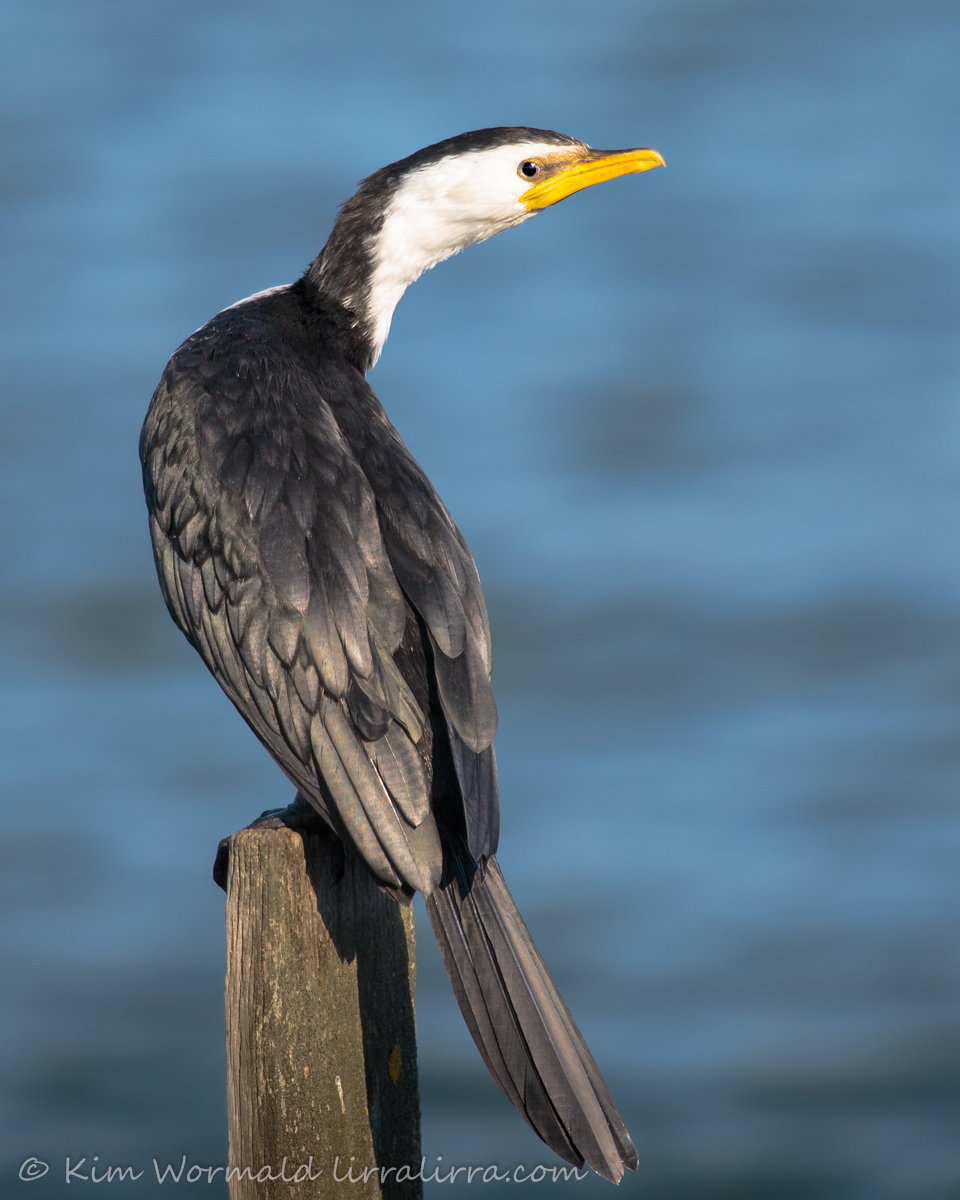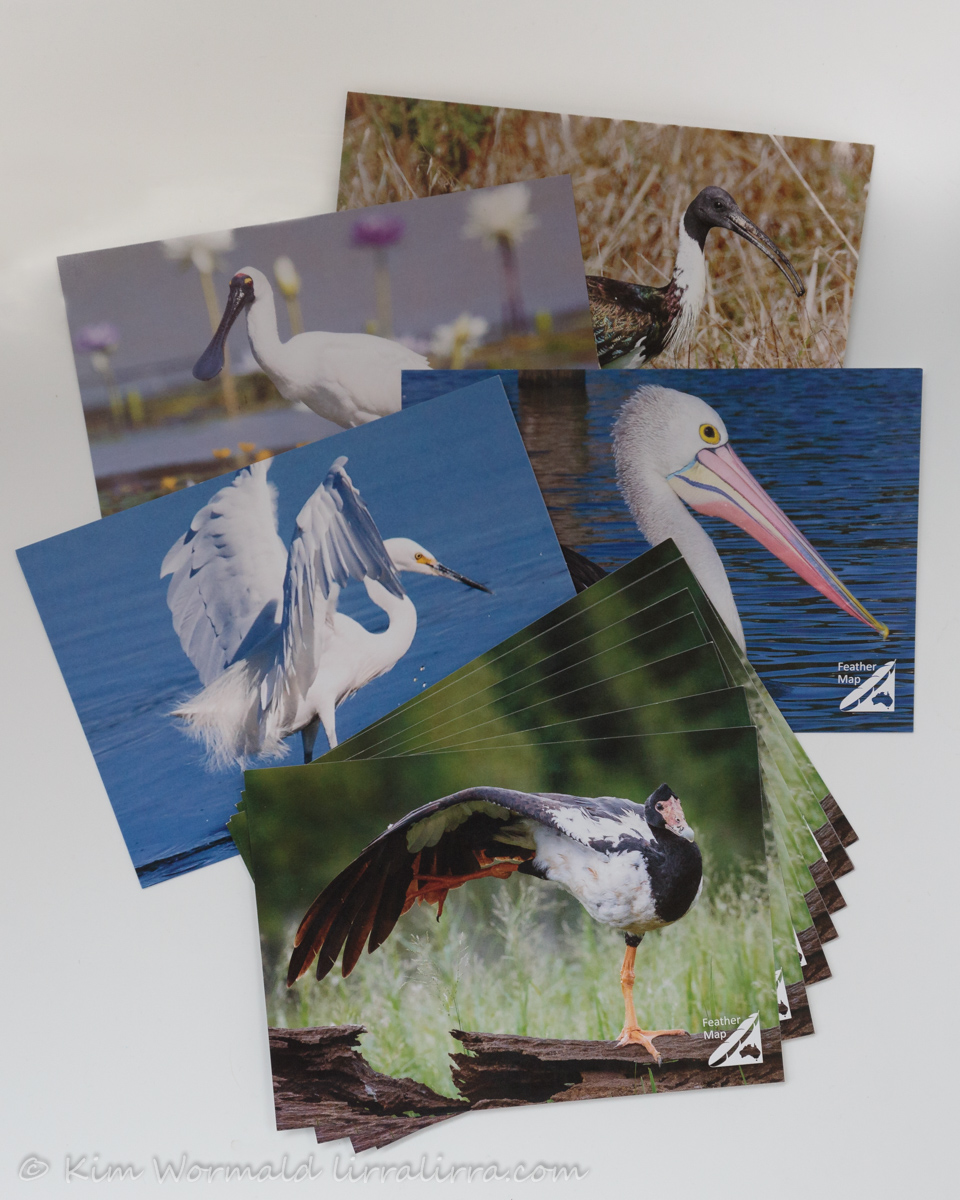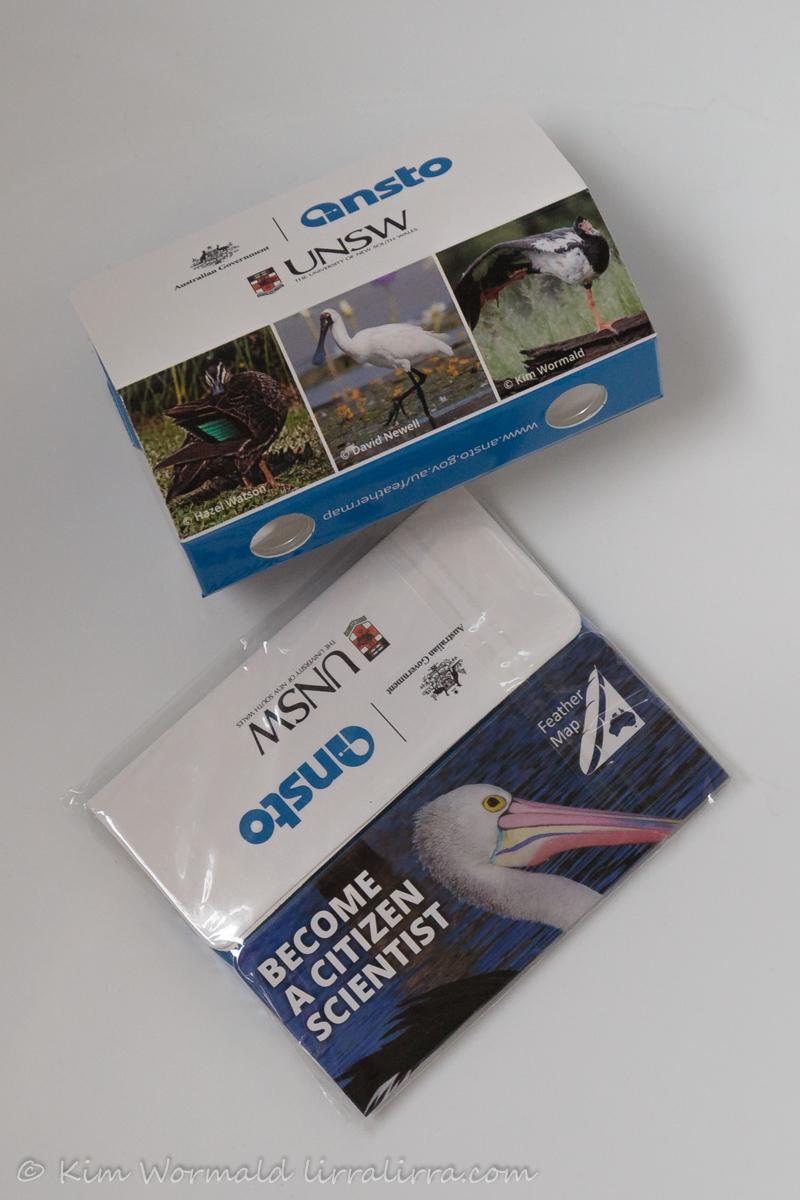Could you collect discarded feathers from waterbirds and be part of the amazing Feather Mapping project?
Magpie Goose
1/1000, f/8.0, ISO 1600, focal length 300mm
Earlier this year I was contacted by the Australian Nuclear Science and Technology Organisation (ANSTO) and asked if I’d allow them to use the above image to help promote the Feather Map of Australia project – of course I said yes. Images from several photographers have been used on informative postcards and children’s binoculars that will be handed out at wetlands around the country.
Little Pied Cormorant
1/800, f/5.6, ISO 200, focal length 400mm
Citizen feather collectors don’t need to be able to identify the feathers we collect but ANSTO are specifically hoping to gather information relating to various species including: Australian Pelican, Great Cormorant, Little Black Cormorant, Pied Cormorant, Little Pied Cormorant, Straw-necked Ibis, Australian White Ibis, Glossy Ibis, Pacific Black Duck, Australian Wood Duck, Great Egret, Intermediate Egret, Little Egret, Magpie Goose, White-necked Heron and Royal Spoonbill.
ANSTO will use nuclear technology to examine feathers and gain a greater understanding of ‘the ecology and life cycles of waterbirds and waterbird populations to ensure that populations of Australia’s waterbirds are maintained or increased’.
Informative ANTSO postcards – portrayed images by various photographers
ANSTO Feather Mapping postcards will be handed out at selected wetlands across the country. I think there are six versions of the postcard but I’ve given the Pacific Ducks (as shown below) to my daughter and her fellow duck rescuers.
Children’s ANSTO binoculars
The children’s binoculars, above, are a brilliantly simple design. They are quite small, fold flat and give general magnification without the need for any focussing and will be perfect to hand to the pre-schoolers that come to my next mini bird walk.
The collection of feathers is covered by various permits in different states, details about the project are available at these links: ANSTO Feather Mapping, Feather Mapping Permits, ABC article
Another current Citizen Science project is the Australian Bird Feeding and Watering Study which involves monitoring garden feeding and or watering stations. The winter section of the study has been completed with 10,000 surveys submitted relating to 375 bird species.
So, whether you are out and about traipsing around wetlands or at home sitting on your verandah you can help dedicated scientists to understand how to support the well-being of our birds.
Happy birding
Kim
~ thank you for visiting and commenting
~ if you would like to join the subscribers who receive a weekly email letting them know when lirralirra has been updated please use the ‘subscribe’ box above right





Super cool project and what a great honor to have your photo included! Can’t wait to read more about it.
I do feel honoured Sherry, it’s great to be a tiny part of such a big team effort
Such a wonderful project and thank you for the information 🙂
Hi Jan, it’s great when birders can help birds 🙂
What a brilliant initiative.
I wouldn’t mind some of those binoculars myself…
They are cute little bins for sure!